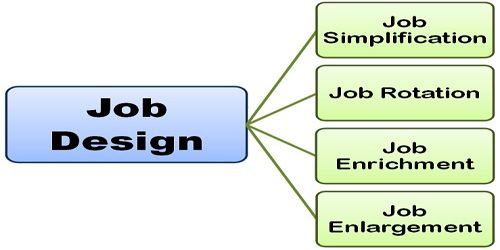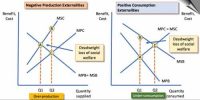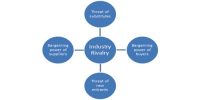Job Design is the work arrangement (or rearrangement) aimed at reducing or overcoming job dissatisfaction and employee alienation arising from repetitive and mechanistic tasks. It is important for an organization to perform the organizational activities in the most efficient and effective manner. It provides the required information about the incumbent and also specifies the way of performing the tasks.
Purposes or objective of job analysis:
Job description: Job descriptions describe the duties, responsibilities, working conditions and activities of a particular job.
Job specification: Job specification details the knowledge, skills, and abilities relevant to a job, including the education, experience, specialized training, personal traits, and manual dexterity required.
Job evaluation: The information gathered during a job analysis can be used as input for the organization’s job evaluation system. The job evaluation determines the worth of a particular job to the organization.
Determining training needs: Job analysis can be used in training “needs assessment” to identify or develop.
Compensation: Job analysis can be used in compensation to identify or determine.
Selection procedure: Job analysis can be used in selection procedures to identify or develop.
Transfer and promotion of employees: Every employee has to give the opportunity transfer and promotion.
To ensure sound work environment: The job analysis is also useful for ensuring a sound work environment that has to be done ate, in fact, sound work to a particular position.
Perfect distribution of post: There are many posts as there are workers in their organization. Every worker has given the perfect post of proper performance.
Performance evaluation: A performance evaluation compares each employee’s actual performance with his or her performance standard.















